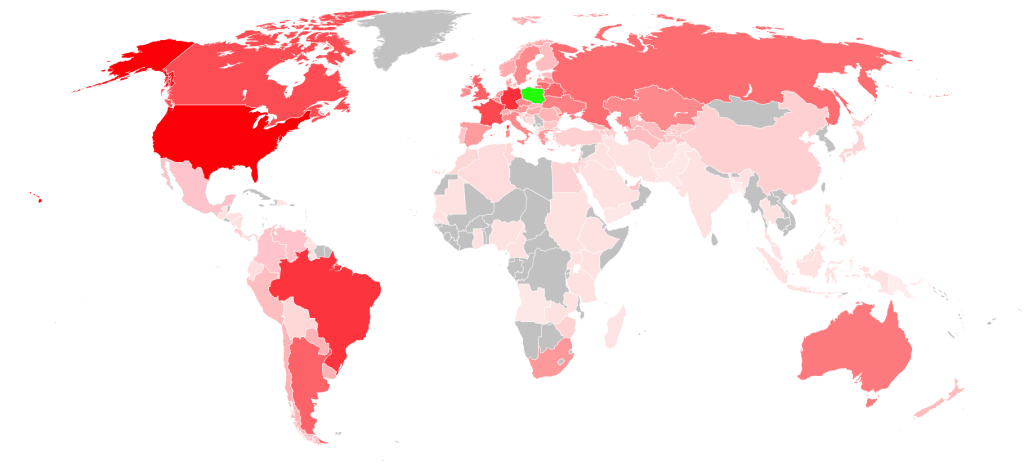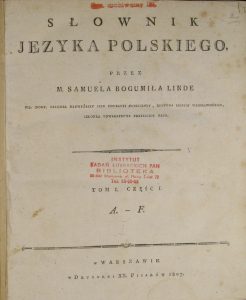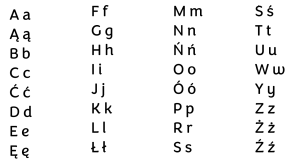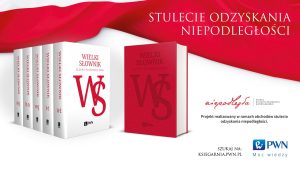Foreign Language Centre
Captivating
Polish language
Polish language is not easy. This truth is known not only to foreigners trying to learn our speech, but also to all children at school, from the moment they start learning the grammar and spelling rules. This is also known by adult Poles, who sometimes wonder whether a word is spelled with ‘h’ or ‘ch’, ‘ż’ or ‘rz’, with or without a comma, with a capital or lowercase letter…
Why is Polish difficult? Because it is an inflectional language, that is, words (usually their endings) are subject to variation by cases, types, numbers and persons. The different parts of speech are verbs, nouns, adjectives, numerators and pronouns. There are a lot of grammatical rules in Polish, but also a lot of irregular varieties and exceptions. There are also many words borrowed from French (e.g., romance, ticket, luggage), German (e.g., town hall, edifice, potato), Italian (e.g., fountain, tomato, windowsill) and, of course, English (e.g., folder, computer, jeans).
Polish began to take shape as a separate language in the 10th century, when Polish ruler Mieszko I adopted Christianity in 966, and with it the Latin alphabet. The oldest surviving records of single Polish words date back to the 12th century, while the oldest surviving full sentence in Polish is “Day ut ia pobrusa, a ti poziwai.” It can be found in the Latin text of the Henrykowska Books of 1270, and its translation into modern Polish is: ‘Give, I will poke, and you will rest’.
The first dictionaries of the Polish language were compiled as early as the 12th century, with Polish words translated into Latin. However, the first one entirely devoted to our language was Samuel Bogumil Linde’s dictionary, published in Warsaw in 1807.
The latest Great Dictionary of the Polish Language (WSJP) has more than 100,000 entries, 1,700 proverbs and 24,000 phraseologisms. It was published in 2018, on the occasion of the 100th anniversary of Poland’s regaining independence. The WSJP combines a number of dictionaries: orthographic, etymological, general, phraseological, proverbs, and close words.
Polish belongs to the family of Slavic languages, with Slovak and Ukrainian being the most similar.
Currently, the estimated number of Polish language speakers is about 48 million. There are 38 million of them living in Poland, the rest are Poles living in exile in various countries around the world, mainly in the United States, Canada, Australia and the European Union countries, as well as descendants of Poles living in Belarus, Ukraine and Lithuania.




